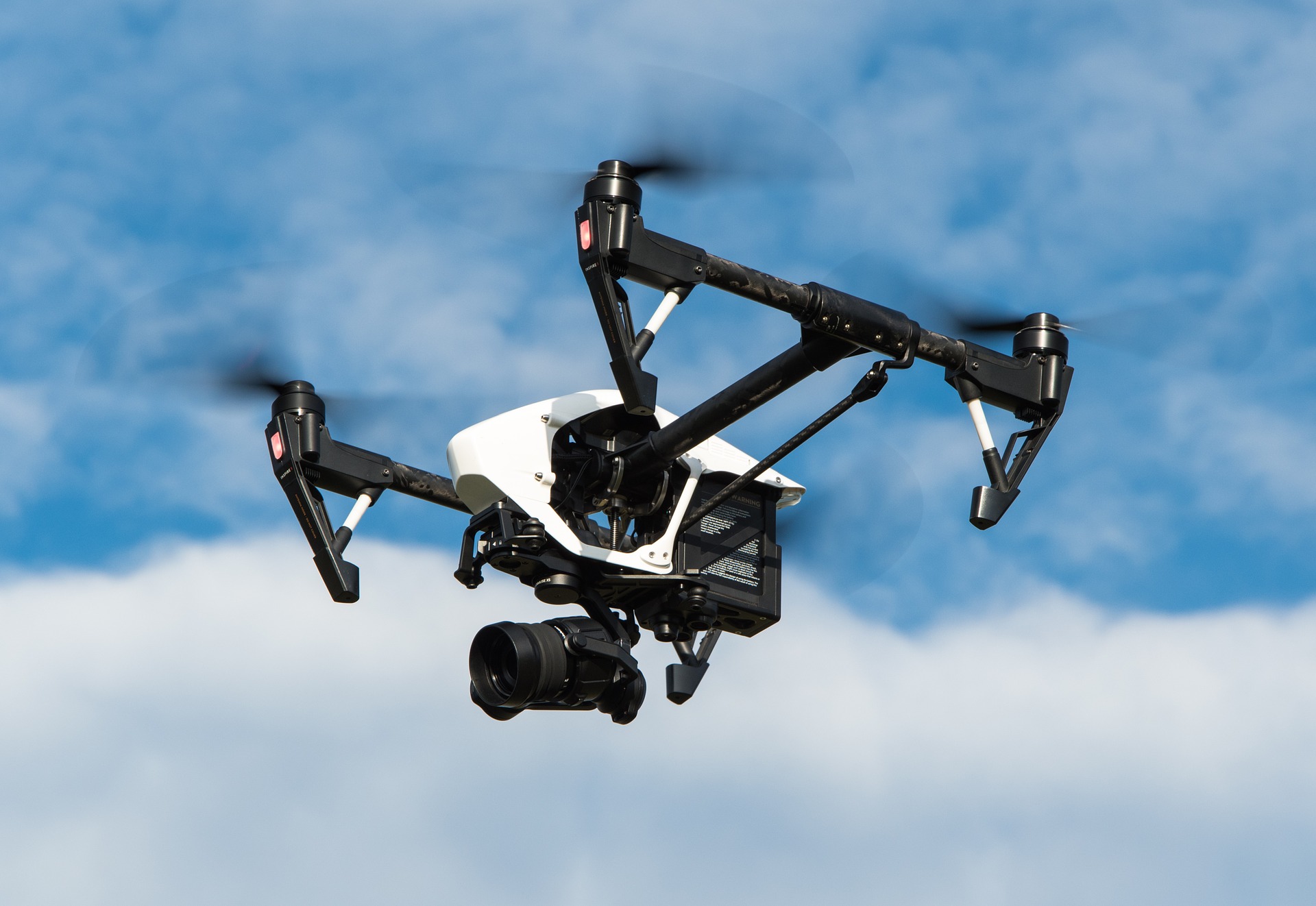
Drones could help save human lives by being utilised as a kind of ambulance for transporting organs. INDOOR – usINg Drones fOr Organ tRansplantation – is a research project developed in Turin by several instituties in the city.
Planned for this September, the first trials are set to carry kidneys. The aim is to implement a safer, faster, and less expensive alternative to transportation by ambulances.
INDOOR is the first European project that will use drones for this kind of task. However, it is not the first attempt in the world, as the United States and China have already tried previously to do this. In 2019, the University of Maryland managed to carry out a test that had encouraging results. The trial showed how the kidney succeeded in maintaining a stable temperature en route. Furthermore, a biometric sensor inside the freight registered a lower number of vibrations than the ones transported by road.
Saving time and money
“Transporting organs is an essential part of the transplant process. Carrying them on ambulances means dealing with traffic and time constraints. We wanted to find new ways for transporting organs so that we can increase safety levels for our patients as well as the quality of our services”, says Antonio Amoroso, coordinator of Piedmont’s regional transplantation center.
The region places itself as one of the top Italian regions in terms of kidney donations. According to the 2020 report by the Italian Ministry of Health, 244 of them happened in Piedmont out of a total of 1937. Yet, every donation requires an effort to be made. For each potential organ, blood samples must be delivered to the regional laboratories as quickly as possible. Transporting these by air can help save valuable time.
The use of drones also helps to cut down on expenses, as the costs that come with drones are lower than those of conventional transportation with an ambulance and a driver.
Universities’ help
A grant from the Italian DOT organ donation and transplantation foundation funded the project in the early stages. Additionally, the University of Torino and Politecnico di Torino will be allocating other funds as well. Both institutions are part of the research project. They are specifically working on the engineering side of INDOOR, together with the Italian Civil Aviation Authority (ENAC).
“It feels like we are living in the future, but we aren’t really. We have to keep going down this path, promoting the usefulness of scientific knowledge,” says Stefano Guena, dean of the University of Turin.

